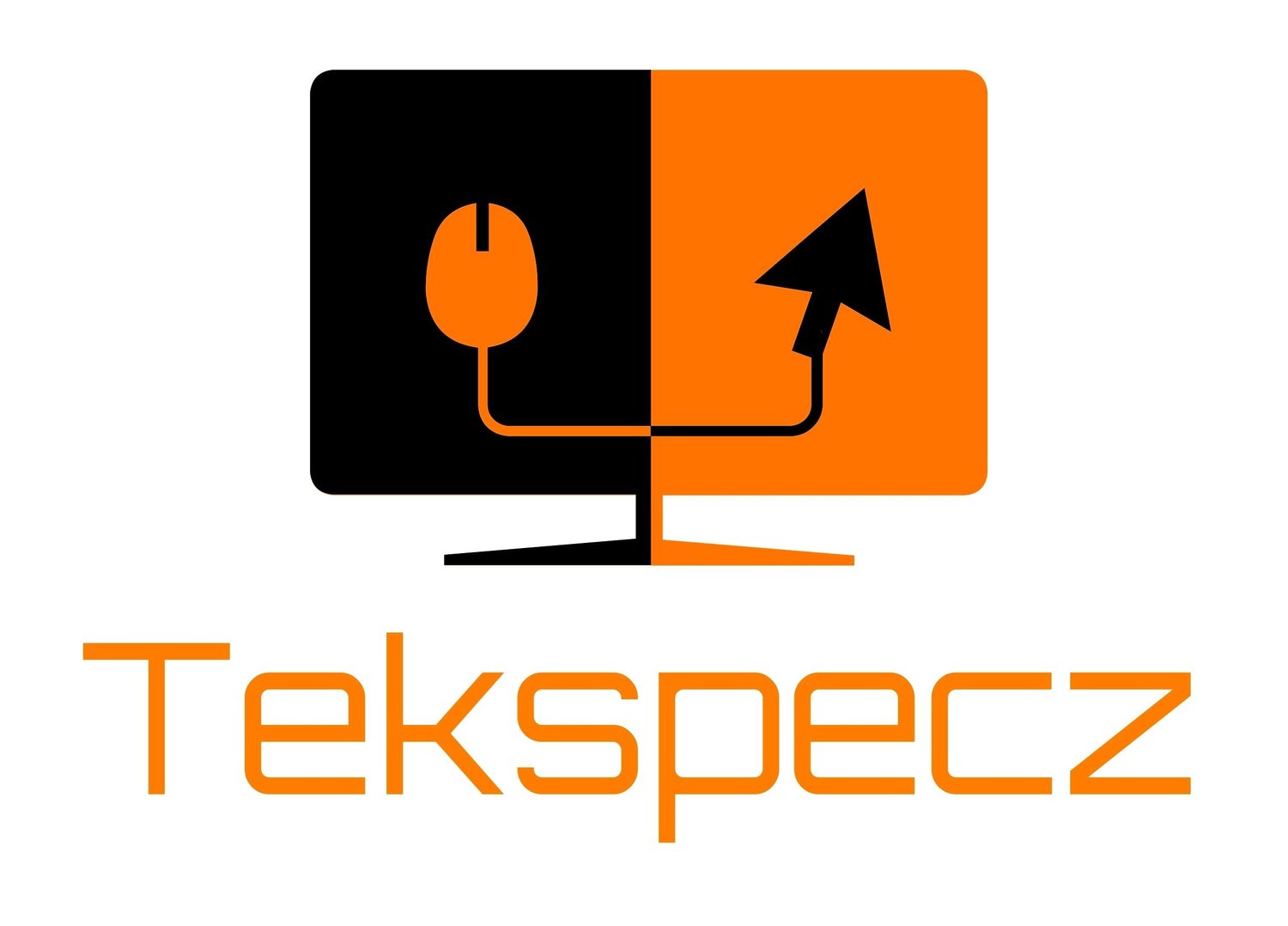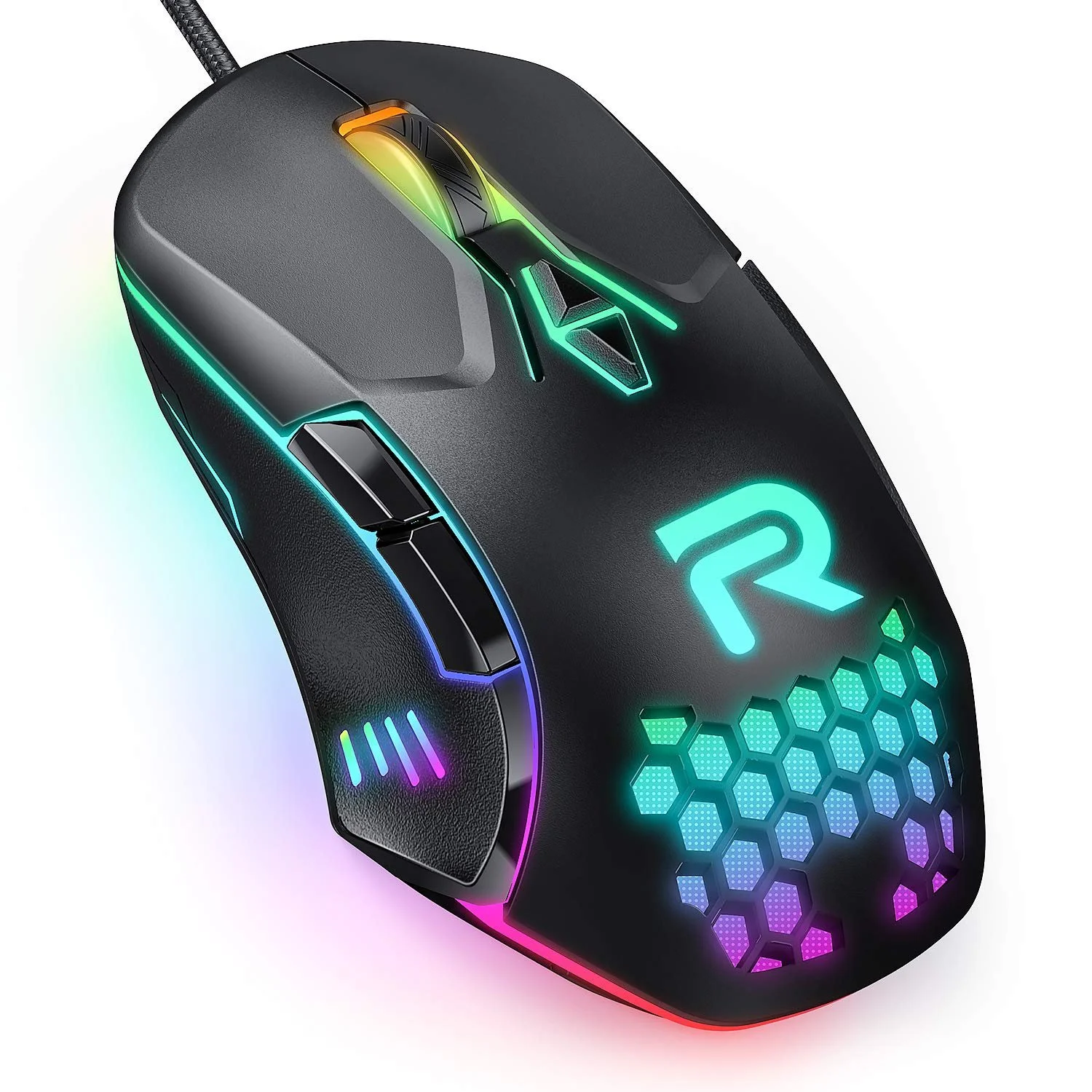What To Look For When Buying a Computer Mouse
Simply put, there is no functioning operating system without the keyboard and mouse as it's the direct connection to any computer system. The essential features of the mouse are the sensor, located on the bottom, two buttons on the top (left click-right click), and the scroll wheel.
With that said, if you're in the process of buying a mouse, here are several things you need to consider. Please scroll down to the next paragraph and find out what they are.
The Gaming Mouse
When it comes to the gaming mouse, take all the essential features in the mouse mentioned in this post and amplify it times ten. In addition, the gaming mouse has enhanced specialized features that will give you a competitive edge in games such as first-person shooter and role-playing. The gaming mouse has high-performing components, such as the laser sensor, light-click buttons, customization RGB lighting, adjustable weight, programmable macro commands, and DPI switching.
Logitech MX Vertical Ergonomic Mouse
The Ergonomic Design
There are mouses in the market that falls in the ergonomic category. Some have a very unique design. The ergonomic design's sole purpose is to reduce stress on the wrist, which can result in carpal tunnel.
Tekspecz Top Choice (Ergonomic Mouse): Logitech MX Vertical Wireless Mouse
The Connectivity
The standard way for the mouse to connect to a computer has always been via a wired USB connection and still is the case today. In addition, the computer mice is a Plug-and-play device, meaning no software drivers are needed to jumpstart operation. Unlike the wireless options on the market, a wired mouse draws its power from the USB port. No batteries are required. Most gamers prefer wired connectivity due to the absence of lag and interference, issues you'll have with some wireless options on the market.
Tekspecz Top Choice (Wired Mouse): Razer Basilisk V3 Gaming Mouse
I much rather have a wireless mouse as there is no contention of cable clutter behind my desktop computer. Data is simply transmitted to the PC via RF connection to a USB receiver or Bluetooth with the wireless mouse.
The wireless mouse connects to the PC via a 2.4GHz frequency, the same frequency used for cordless phones and wireless routers. A small dongle about the size of a penny plugs into the USB port, giving you the connectivity needed to your PC and peripherial.
With Bluetooth options, no dongle is needed to occupy the USB port; it's easy to manage and is stable. In addition, devices such as laptops, tablets, and even desktop PCs have embedded Bluetooth receivers. Upon usage, you will get up to thirty feet of wireless range. But there is a caveat, Bluetooth connection often rapidly drains the battery life in these wireless mouses. Today, innovations, such as the motion sensors tied to power and connection management, significantly improve battery life over archaic Bluetooth devices.
Tekspecz Top Choice: Logitech MX Master 3 Advanced Wireless Mouse







